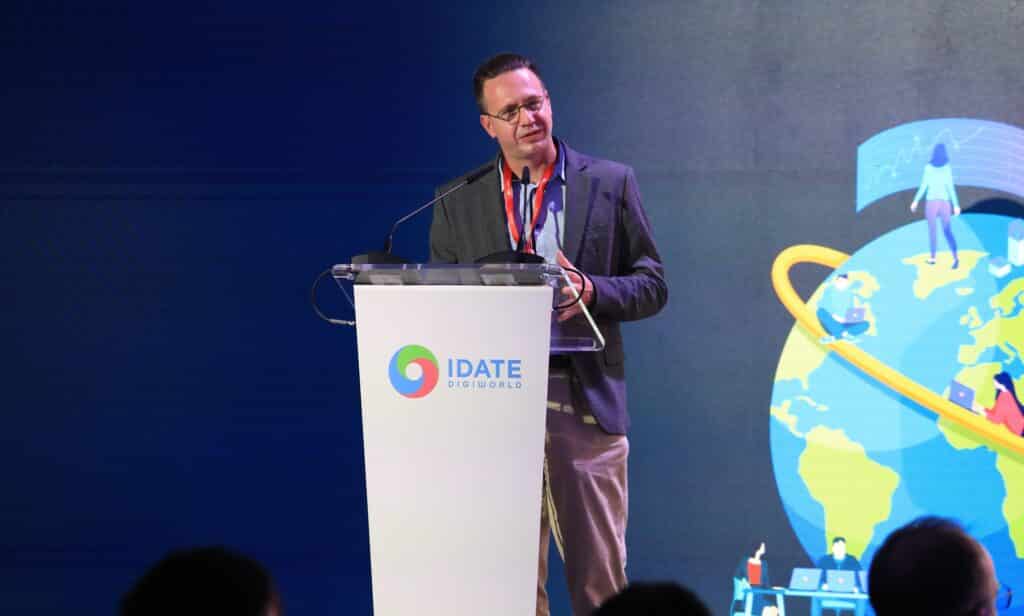As the world looks to avert the worst of the climate crisis, it will be crucial for companies in all industries to make use of the latest innovations to ensure that they operate as sustainably as possible. For those in the ICT and digital spaces, making use of green optical networks will be crucial to their ability to do so.
That was among the key messages at the Green All-Optical Network Forum 2022 hosted by IDATE, a well-known French research and analysis organisation. At the summit, all parties called for accelerating the construction of green optical networks.
Huawei’s Richard Jin, President of Huawei Optical Business Product Line, released the Green Intelligent OptiX Network based on the value proposition of “More Bits, Less Watts”, aiming to promote the green development of society through technological innovation.
Among those speaking at the event was a representative from 5G network provider, rain, who outlined how it has worked to ensure that its network, which makes substantial use of Huawei equipment and infrastructure, are as sustainable as possible.
Dave Kruger, Head of Transmission and IP, Rain South Africa, explained why it prefers to keep as much of its network optical as possible. He pointed out that doing so not only ensures that the network is reliable and has lower latency, but is also more energy-efficient.


“By keeping as much of the network as possible optical, you also make it greener,” he said, pointing out that optical networks use much less energy than their electronic counterparts.
All-optical networks are the most energy-saving and efficient among all ICT infrastructure networks. Combined with emerging technologies such as artificial intelligence (AI), they will be key to ensuring that as industries continue to embrace digital transformation, they’ll be able to do so sustainably and in a way that helps protect the planet’s future.
Kruger added that the design of the network further enhanced its green credentials.
“By adopting a flat architecture with aggregation rings connecting to core rings, we were able to create a highly efficient network,” he said. “We have many access networks connecting to the core network and what we have found when comparing to the traditional system is that it translates to around a 67% reduction in space. That means less cavities, lower power use, and the network is therefore greener.”
Richard Jin said, “The value of Huawei Green Intelligent OptiX Network for operators lies in greatly reducing network power consumption. At the same time, we are committed to accelerating the green development of various industries through continuous innovation and upgrade of ICT technologies.”

